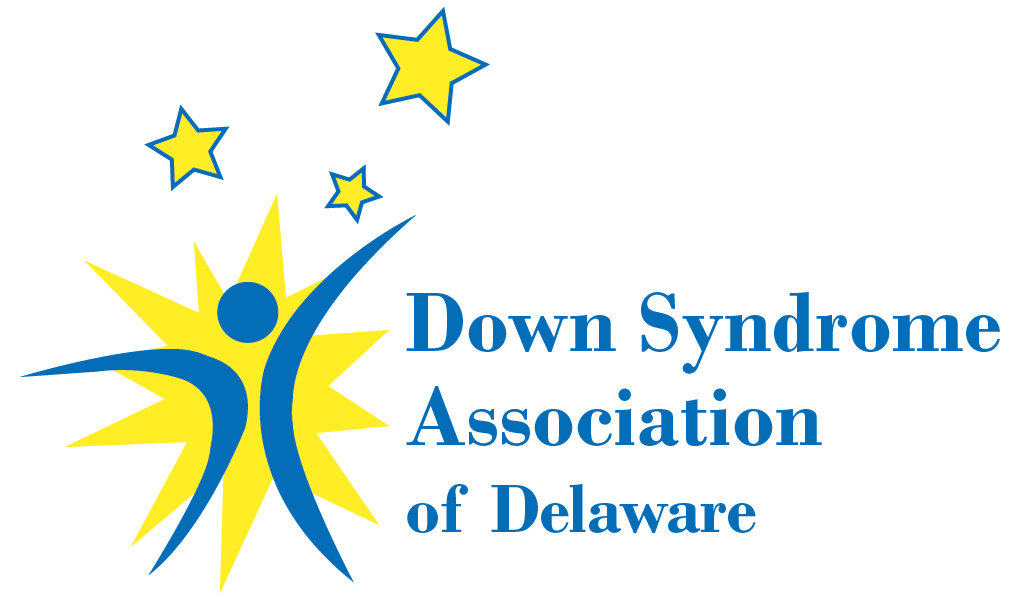Education
Today, most children with Down syndrome are educated in the regular classroom, along with their peers without disabilities. IDEA 2004 states that each school system must ensure that:
Special classes, separate schooling, or other removal of children with disabilities from the regular educational environment occurs only if the nature or severity of the disability is such that education in regular classes with the use of supplementary aids and services cannot be achieved satisfactorily. (IDEA 2004, Title I B12a5)
In addition, IDEA 2004 also states:
A child with a disability [may not be] removed from education in age-appropriate regular classrooms solely because of needed modifications in the general education curriculum (IDEA 2004 B 300.116)
Achieving Inclusion – What every parent needs to know when advocating for their child (PDF)
Least Dangerous Assumption by C. Jorgensen The concept states, “that in the absence of absolute evidence, it is essential to make the assumption, that if proven false would be the least dangerous to the individual” (Anne Donnellan, 1984).
IEP – A Guide to Participation for Parents (PDF) – An introduction to the IEP process.
Placement Decisions to consider when looking at the Least Restrictive Environment.
DCAS-Alt 1 FAQs (PDF) – Information and resources related to the state’s alternate assessment, DCAS-Alt1.
ACCESS Project – promotes access to the general education curriculum for students with significant intellectual disabilities. The ACCESS project supports the beliefs that:
- All students deserve access to curriculum and instruction that is challenging and purposeful
- All students with disabilities should have opportunities to be educated with, and learn in, classrooms with their peers
- All students should be valued as unique and contributing members of their school community
Helpful Hints for Teaching a Child with Down syndrome (PDF)
Wrights Law – provides accurate, reliable information about special education law, education law, and advocacy for children with disabilities.
Modifications vs Accommodations – An easy to read chart to clarify the difference between modifications and accommodations.
Accommodation is defined as a support or service that is provided to help a student fully access the general education curriculum or subject matter. An accommodation does not change the content of what is being taught.
Modification is defined as a change to the general education curriculum or other material being taught. The teaching strategies are modified so the material is presented differently and/or the expectations of what the student will master are changed.
IEP and Inclusion Tips for Parents and Teachers. A resource written by Anne I. Eason, Attorney-at-Law, and Kathleen Whitbread, Ph.D.
2013 Access Symposium – Michael Remus and Bree Jimenez presented at the fall 2013 ACCESS Project Conference for parents and educators. The power point presentations can be viewed below. If there are any questions, comments or concerns, please feel free to contact Judi MacBride from the ACCESS Project with the Center for Disabilities Studies at 302-831-1052 (phone), or judim@udel.edu
Michael Remus – Inclusive Practices-Positive Advocacy from Perceptions to Practice: A Plan for Educating All Kids
Bree Jimenez, PhD – Evidence Based Practices to Support Standards based Instruction: A Focus on Everyday Practices
We All Belong is a documentary film exploring the issues of belonging and diversity in our classrooms. It profiles real parents and the dreams and fears they share. This film is a frank discussion of civil, human, and educational rights and offers a window into best practices and the struggle families face to achieve inclusion for their children. Focus: School Age, Pre-K/Kindergarten
